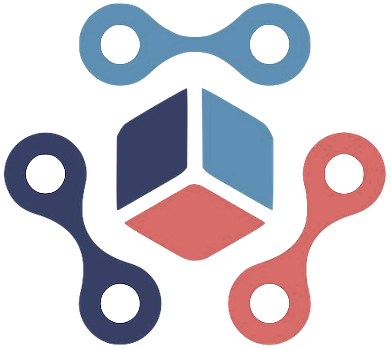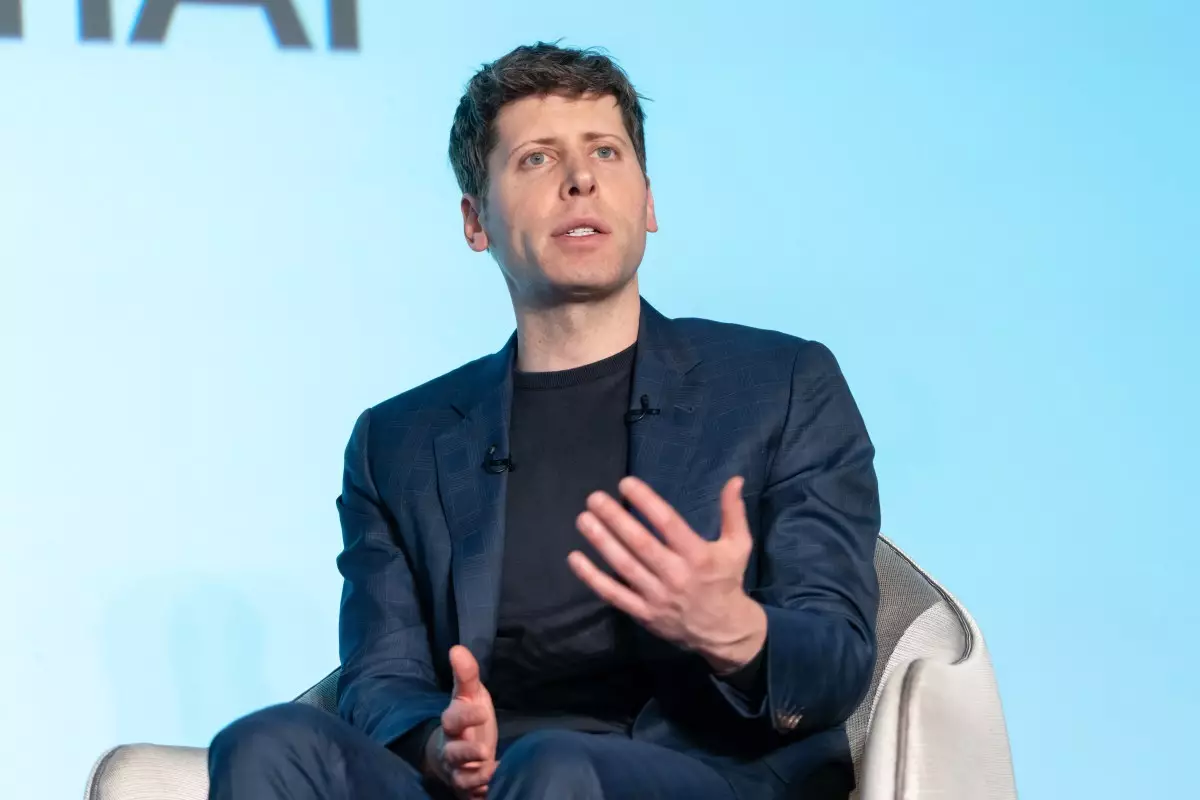The advent of AI-powered chatbots like ChatGPT has undeniably transformed how we interact with technology, offering unprecedented convenience, learning opportunities, and entertainment. However, as an AI that functions as a digital companion, it is inevitable that these tools will be scrutinized for their influence on young users. OpenAI’s recent announcement of stricter protection policies for users under 18 signals a commendable acknowledgment of the profound responsibility AI developers carry. This shift reflects not only technical adjustments but a moral imperative: safeguarding the mental and emotional well-being of minors in a rapidly digitizing world.
The dedicated measures introduced—such as restricting flirtatious or suggestive conversations and tightening responses around self-harm topics—are a significant departure from previous, more permissive interactions. By implementing advanced safety features that attempt to detect distress signals and involve parents or authorities when necessary, OpenAI demonstrates a proactive stance. These policies serve as a blueprint for responsible AI development rooted in prioritizing the health and safety of vulnerable populations, especially minors who are still navigating their identity and emotional resilience.
Challenges of Safeguarding in a Complex Digital Landscape
Despite the noble intentions, translating these policies into flawless execution remains a formidable technical challenge. The core difficulty lies in accurately discerning a minor’s intent, emotional state, and contextual nuances in conversations—an inherently ambiguous process. OpenAI’s strategy to default to the most restrictive rules in uncertain cases is a prudent, albeit imperfect, approach. It raises questions about how effectively systems can parse subtle cues and whether over-restriction might hinder meaningful engagement or educational value.
Furthermore, the situation is complicated by the glimpse into broader systemic issues. The lawsuits facing OpenAI and Character.AI—centered around cases of self-harm resulting from chatbot interactions—highlight the real-world consequences of insufficient oversight. They underscore that technology alone cannot fully prevent harm without comprehensive safeguards, mental health support integration, and continuous oversight. These legal battles serve as stark reminders that ethical AI development is an ongoing struggle, requiring vigilance, transparency, and a willingness to adapt.
The Power of Parental Control and Regulatory Oversight
A key innovation in OpenAI’s new policies is empowering parents through account controls—such as designing “blackout hours” to restrict access and linking teen accounts to parent accounts for increased monitoring. While these tools are steps in the right direction, they also expose some of the limitations of current parental supervision in digital spaces. Not all parents have the technical literacy or time to manage these controls effectively, risking a false sense of security rather than meaningful protection.
The timing of these policy announcements—coinciding with a Senate hearing on AI harms—underscores the critical need for legislative oversight. This congressional scrutiny is essential to establish clear standards, accountability, and transparency for AI companies, especially as the technology evolves quickly and often outpaces regulatory frameworks. With key stakeholders—including the family of Adam Raine—coming into the spotlight, a broader societal conversation about AI’s moral and legal responsibilities is unavoidable.
Looking Ahead: Towards a Safer AI Ecosystem
OpenAI’s recognition that safeguarding minors involves complex ethical trade-offs highlights a willingness to engage with difficult questions. Their admission that their principles may conflict reflects an honest, if imperfect, attempt at balancing safety with technological innovation. Moving forward, the challenge lies in establishing AI ecosystems that are adaptable, transparent, and genuinely protective.
For parents, educators, and policymakers, this moment underscores the importance of integrating AI safety into broader mental health strategies. Technologies should support, not replace, human judgment and intervention. Building long-term solutions will demand collaboration among technologists, clinicians, lawmakers, and communities to develop strategies that transcend technical fixes—fostering a future where AI serves as a tool for empowerment rather than harm.
As AI becomes embedded in everyday life, the responsibility to ensure its safe, ethical deployment grows ever more urgent. Transparent, effective policies will not eliminate all risk, but they can forge a path toward a digital landscape that truly prioritizes the welfare of its most impressionable users. Only by critically evaluating and continuously refining these measures can we realize the promise of AI as a force for good—protecting our youth while fostering innovation.

